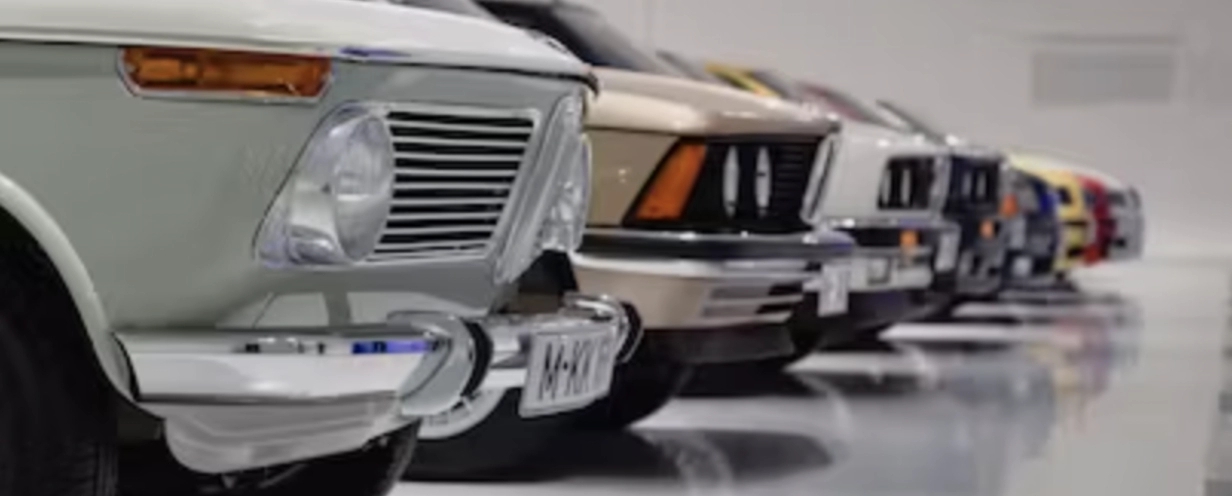
How automotive websites can improve their user experience

While the vast majority of people still buy their cars and motorbikes offline, digital channels now play a massive part in the process.
According to Think With Google stats, 95% of car buyers use digital as a source of information, while twice as many people begin the research process online when compared to dealerships.
This means that, for automotive brands, the internet has a big role to play, in helping people to decide on the car they want, and lead them to an appointment or a test drive at a local dealership.
This is a process where the user experience is key. Ease of research, car selection, and booking test drives means fewer people will abandon the process. Let's take a look at some examples of user testing for the automotive industry.
Here are some key areas that automotive brands should look at when running user research on their digital products:
Vehicle search
There is a difference in approach between brand sites and dealerships. Brand sites tend to be broader, and often more focused on branding than the business of car research.
Here, Ford’s main site is all about promoting its new ranges and matching latest ad campaigns.

Dealership sites are often more focused, as a customer arriving here has (in theory) more of an intent to buy. Perhaps they’re arriving after searching for local dealers, or know the dealer already.
The problem at this stage is that the starting point for searches is often unclear for site visitors, sometimes lost in the general noise and clutter of the page.
Thus, the focus of these sites should be more about product search and selection. Ford puts its vehicle search front and centre, so people can begin their research. This offers a clear path for users to take.

Search options have to cater for different types of searchers. Some arrive with a clear idea of the model and the options they want, while others might have more general ideas, a mid-sized family car for example.
Here, Kia allows users to search by model type (or for all models). It’s also useful to highlight the images of models which fit the search:

Presentation of search results
Once users have begun their search, sites need to work hard to help them to find the vehicle which suits their needs. This can be achieved by providing useful information, and the ability to filter and sort results to narrow their selection.
Ford is a good example of this, adding several useful filters, which help customers find cars with the features they want.
Key for user experience is that the filters are easily selected. Rather than using fiddly drop-down menus, users select radio buttons next to images representing the features. These images add visual appeal and in some cases help to inform users.

Filters can be added and removed easily to help users adjust their preferences in response to the results they see.
Results are presented with images of cars, with key features picked out, as well as price and location. This helps users to scan results quickly to pick out relevant cars for further investigation.
As an aside, Ford’s use of data on the number of people viewing the page can be useful urgency marketing, but it looks to have been overdone here. If every car has this message, it can lose its effect.

VW’s presentation of results is comprehensive and provides users with plenty of options.
There’s more detail on results pages, with the ‘expand’ option allowing you to view more details on car equipment and performance, as well as images. The ability to add cars to a shortlist also helps customers as they’re researching.

Product pages
When customers click through to see more, they need a good amount of detail to help them make a decision.
The most obvious detail is providing images of the car. And customers will need a range of different images so they can see the car from different angles, get an idea of legroom and boot space, and see the features in the car.

People also need details. There’s a lot to show here so it helps to highlight some of the most important features (transmission type, mileage, age etc) and list the rest further down the page.

Finance calculators like this used by Ford helps customers to weigh up various finance options by adjusting the sliders so they can see how different deposit amounts, repayment periods and mileage affects the monthly payments.

Connecting online and offline
For research journeys that begin online and (hopefully) end in a dealership, the key challenge for car brands and dealerships is ensuring a smooth transition between the two.
This has historically been a challenge, as web and offline sales teams aren’t necessarily talking to each other.
However, it’s in the interests of both dealer and manufacturer to join up the online and offline experiences. Put simply, it’s about ensuring that the customers can easily take the online research process offline, and head for the dealership for a test drive at their convenience.
Im reality, the process can be relatively clumsy. Here, Ford offers people an enquiry form. They enter contact details but there’s no information about when they’ll be contacted or the ability to book a test drive.
This means, having invested time and effort on Ford’s website, they’re left hanging. Perhaps the dealership teams are efficient and contact customers very promptly after this, but it feels disconnected.

VW is slightly better at this, offering a greater range of options, such as the ability to reserve a vehicle, make an offer or request a personalised video from the dealership.

For some other brands, you can actually buy the car online, providing it’s available.

In summary
Automotive websites have improved considerably over the past few years, but they do tend to be inconsistent, and there’s definitely room to improve the connection between website and forecourt.
The ideal journey for users is that of a great online car research experience, followed by a smooth transition to the forecourt where the sales person knows about your chosen preferences and desired features.





